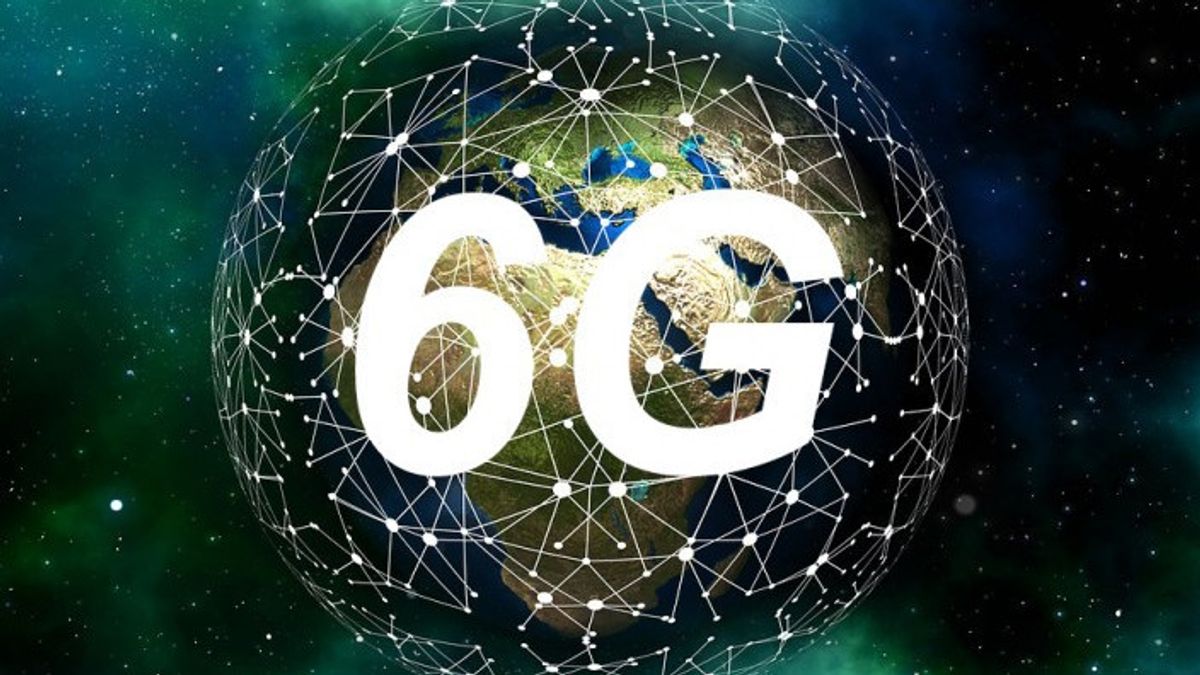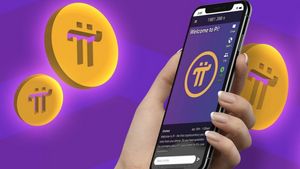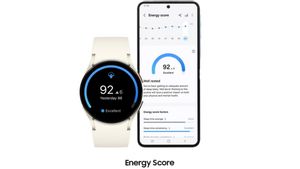JAKARTA - Indonesia and several other countries have just enjoyed the birth of the 5G network. But Samsung has stepped forward earlier, by developing a 6G network.
Reporting from Gizmodo, Sunday, June 20, the South Korean giant has been conducting research on 6G networks since 2019. Involving researchers from the University of California, Santa Barbara (UCSB), Samsung Research, and Samsung Research America announced that they have successfully completed advanced tests of 6G network transmitters and receivers.
This test was carried out at a frequency of 140 GHz which has been developed since 2017 by Mark Rodwell, UCSB Professor of Electrical and Computer Engineering. The 6G network, which will occupy the 140 GHz frequency, is much higher than the 5G network, which is still at a maximum frequency of 40 GHz.
While the test results also show, 6G hardware operating at a frequency of 140 GHz and a bandwidth of 2 GHz has succeeded in transmitting data at a speed of 6.2 Gbps or about 775 Mbps at a distance of about 50 feet.
However, the fastest 5G network was obtained in March by Nokia and Turk Telekom which managed to reach more than 4.5 Gbps. The results of the Nokia and Turk Telekom tests were carried out using special hardware, which may never be obtained by consumers.
Based on the test results, the earliest implementation of the 6G network has shown considerable results compared to 5G networks. Even 6G allows for even greater performance gains.
Meanwhile, the 6G network test conducted by UCSB, Samsung Research, and Samsung Research America at a frequency of 140GHz operates in the terahertz spectrum. This shows that 6G networks can potentially reach transfer speeds of up to 1 Tb per second.
Even 6G network transfer speeds can be 50 times faster than 5G networks. 6G latency could potentially be reduced by a tenth of that of a 5G network. The increased transfer speed of the 6G network will allow connectivity services to run faster to get the best multimedia experiences, such as extended reality (XR), high-fidelity mobile holograms, and so on.
For information, Samsung targets the completion of the 6G network standard in early 2028. Meanwhile, for mass commercialization, it is targeted to run around 2030.
The English, Chinese, Japanese, Arabic, and French versions are automatically generated by the AI. So there may still be inaccuracies in translating, please always see Indonesian as our main language. (system supported by DigitalSiber.id)












